Where Is Louis Vuitton Made? Louis Vuitton established his workshop in Paris, where he crafted durable, elegant luggage for the wealthy. His innovative approach set him apart, constantly pushing design and craftsmanship forward. But one key detail often gets overlooked—it was in this Parisian workshop that the foundation of luxury custom bag manufacture was truly built.
Location of Louis Vuitton Bag Manufacturer
Louis Vuitton was born on August 4, 1821, in the small village of Anchay, in eastern France. At 16, he walked 280 miles to Paris in search of better opportunities.
In 1837, he began working as an apprentice to Monsieur Maréchal, a skilled trunk maker in Paris. He spent 17 years learning how to make durable, waterproof trunks for the French nobility.
By 1854, at just 33 years old, Vuitton opened his own workshop at 4 Rue Neuve-des-Capucines in Paris. He focused on creating custom-designed trunks and travel cases.
Louis Vuitton married Clemence-Emilie Parriaux in 1854. They had a son, Georges Vuitton, who later played an important role in the family business.
Louis Vuitton passed away on February 27, 1892, at the age of 70 in Asnières-sur-Seine. He left behind a strong legacy and passed the company on to his son, Georges.
The Evolution of Manufacturing Practices for Luggage Bag Manufacturer
Over the years, Louis Vuitton has significantly expanded its manufacturing capabilities while maintaining its unwavering commitment to quality and craftsmanship. Today, the brand operates more than 30 workshops across France, Spain, Italy, and the United States, each specializing in different aspects of bag manufacturer. These state-of-the-art facilities integrate traditional handcrafting techniques with cutting-edge automation, ensuring both precision and consistency in every piece.
Among these workshops, the historic Asnières atelier, established in 1859, remains the heart of Louis Vuitton’s high-end craftsmanship. This workshop is dedicated to bespoke creations and special orders, catering to celebrities and VIP clients who seek exclusive designs. A prime example is the Malle Coiffeuse, a custom-designed vanity trunk commissioned by a private client, featuring hand-stitched compartments, monogrammed lining, and personalized initials. The artisans at Asnières also crafted the Louis Vuitton Courrier Lozine 110 trunk for the “Volez, Voguez, Voyagez” exhibition, a piece that showcases the brand’s mastery in leatherwork and intricate detailing.
For large-scale production, Louis Vuitton has invested heavily in modernized factories such as the Rochambeau Ranch facility in Texas, USA, which opened in 2019. This factory focuses on producing the brand’s most popular designs, including the Speedy, Neverfull, and Onthego bag manufacturer, utilizing laser-cutting technology and advanced assembly techniques to enhance efficiency while preserving the brand’s artisanal touch.
Luggage Design Innovations from Bag Manufacturer
In 1858, the Louis Vuitton factory revolutionized luggage design by introducing flat-topped, stackable trunks. These replaced the traditional rounded-top trunks, optimizing space and enhancing practicality for travelers. Today, the Louis Vuitton factory, with its advanced manufacturing capabilities, produces over 500,000 luxury travel products annually. The factory houses more than 1,000 skilled artisans, working across a variety of production lines, each focused on maintaining the highest standards of craftsmanship. Over the years, Louis Vuitton has continued to innovate, creating new, creative designs that have further shaped the evolution of luggage and travel accessories.
| Year | Innovation | Description |
|---|---|---|
| 1875 | Wardrobe Trunk | Featured compartments for clothes and accessories, helping travelers stay organized. |
| 1886 | Unpickable Tumbler Lock | Improved luggage security, ensuring travelers’ belongings were safer. |
| 1892 | Canvas Monogram Pattern | Became Louis Vuitton’s signature design, recognized worldwide. |
| 1930 | Keepall Bag | Lightweight and flexible travel bag, perfect for versatile and comfortable travel. |
| 1932 | Noé Bag | Originally designed to carry champagne bottles, blending style and function. |
| 1965 | Papillon Bag | Cylindrical shape that set new standards for design and practicality. |
Louis Vuitton also innovated with materials, introducing: – Epi grained leather in 1985 – Taiga leather in 1993 – Monogram Vernis in 1998 – Monogram Multicolore in 2003
In recent years, Louis Vuitton embraced technology by adding RFID chips for authentication and smart luggage and bag manufacturer with built-in tracking devices. These modern innovations, combined with their tradition of craftsmanship, help keep Louis Vuitton at the top of the custom luxury travel accessory market.
LV Manufacturer of Bag to Expansion and Growth
Louis Vuitton grew rapidly from the late 19th to the early 20th century. The brand made its global debut by opening its first international store in London on Oxford Street in 1885. By 1892, it expanded further by selling luggage across Europe and the United States.
| Category | Details |
|---|---|
| Landmark Developments |
|
| Workforce and Product Innovation |
|
| Global Expansion |
|
Louis Vuitton Bag Manufacturer After the Founder’s Death
After Louis Vuitton passed away in 1892, his son Georges took over and quickly made his mark. In 1896, he introduced the Monogram Canvas, making the LV initials iconic. Georges expanded the brand internationally, opening stores in London, New York, and Tokyo, and introduced the Steamer Bag in 1901, shifting Louis Vuitton towards stylish handbag supplier and bag manufacturing.
Under his son Gaston-Louis Vuitton’s leadership, the brand expanded further with iconic bags like the Noé and Papillon. In 1987, Louis Vuitton merged with Moët et Chandon and Hennessy, forming the luxury giant LVMH.
Much like our bag factories in China and Bangladesh bag factory, Louis Vuitton’s journey shows how craftsmanship, innovation, and global reach can shape a brand into a timeless icon.
Louis Vuitton’s journey from trunks to bags began in the late 19th century, with the company introducing its first handbag, the Steamer Bag, in 1901. Designed to fit inside Louis Vuitton trunks, this practical bag marked the brand’s entry into the world of travel accessories. The introduction of the Keepall Bag in 1930 and the Speedy Bag in 1932 solidified the brand’s presence in the bag manufacturering industry, with the latter created at the request of actress Audrey Hepburn.
Crafted with high-quality materials like Trianon Canvas, Monogram Canvas, and Damier Canvas, early Louis Vuitton bag manufacturer featured precision craftsmanship. Hand-cutting, a blend of machine and hand-stitching, and the use of brass fittings ensured durability and elegance. Each bag took around eight days to make, with skilled craftsmen ensuring every piece met the brand’s high standards.
Today, Louis Vuitton continues to thrive as part of the LVMH group, with a global presence of over 460 stores in 50 countries and more than 33,000 employees. Innovation remains key, blending traditional craftsmanship with modern technology, like 3D printing and responsibly sourced materials. The brand’s reach now extends beyond fashion, with ventures into perfumes, luxury hospitality, and home decor, establishing itself as a lifestyle brand that stays true to its legacy while embracing the future.
Louis Vuitton continues to shape luxury trends while maintaining its legacy of craftsmanship and innovation.
Louis Vuitton’s Influence on the Bag Industry
Louis Vuitton’s custom bag manufacturing has had a huge impact on the luxury goods market. It has reshaped the standards for craftsmanship, quality, and innovation. The brand blends traditional craftsmanship with modern technology. This has set new industry benchmarks and raised expectations for both consumers and competitors.
| Category | Details |
|---|---|
| High Standards in Craftsmanship |
|
| Rigorous Quality Control |
|
| Commitment to Sustainability |
|
| Vertical Integration and Control |
|
| Impact on the Industry |
|
Summary
The Louis Vuitton leather collections are made with great care in workshops in France, Spain, Italy, and the United States. Our footwear and ready-to-wear pieces are crafted in France and Italy. Each of our timepieces is created in Switzerland, where precision and craftsmanship come together perfectly.
Similarly, Sunteam, founded in 2011, mirrors this commitment to craftsmanship and innovation. As a leading leather bag manufacturer, Sunteam blends modern designs with expert craftsmanship, offering sustainable, high-quality bag supplier to clients worldwide. Like Louis Vuitton bag manufacturer, Sunteam’s focus on quality and creativity sets it apart in the industry.

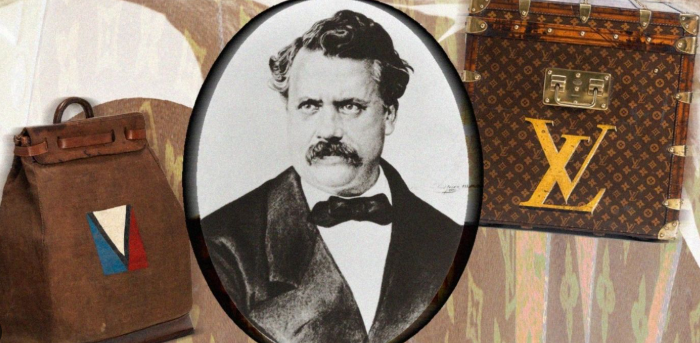
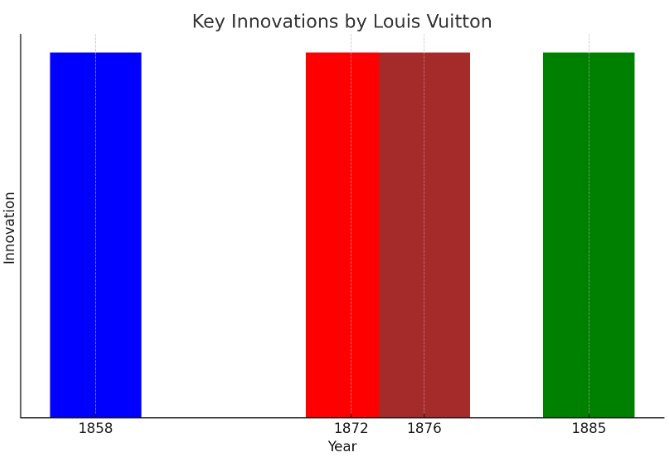
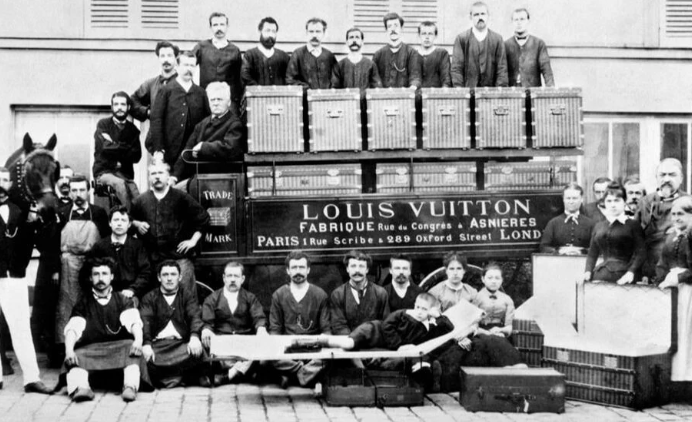

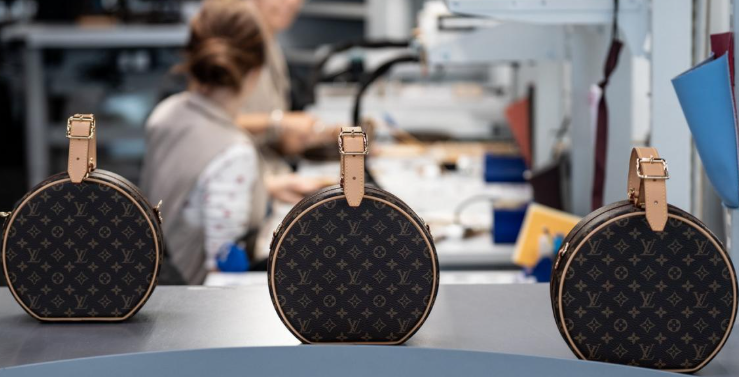
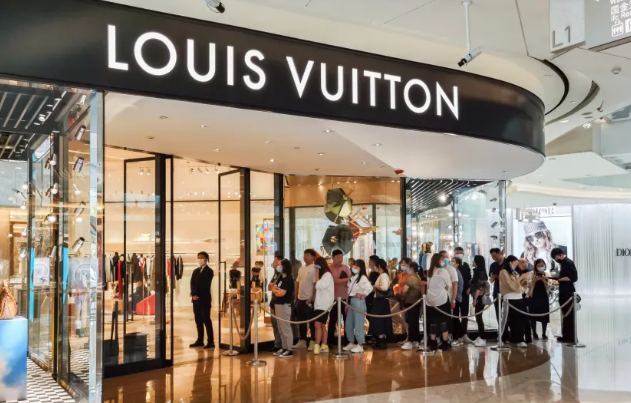
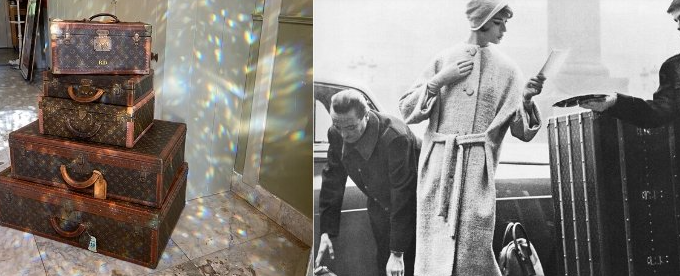
Recent Comments